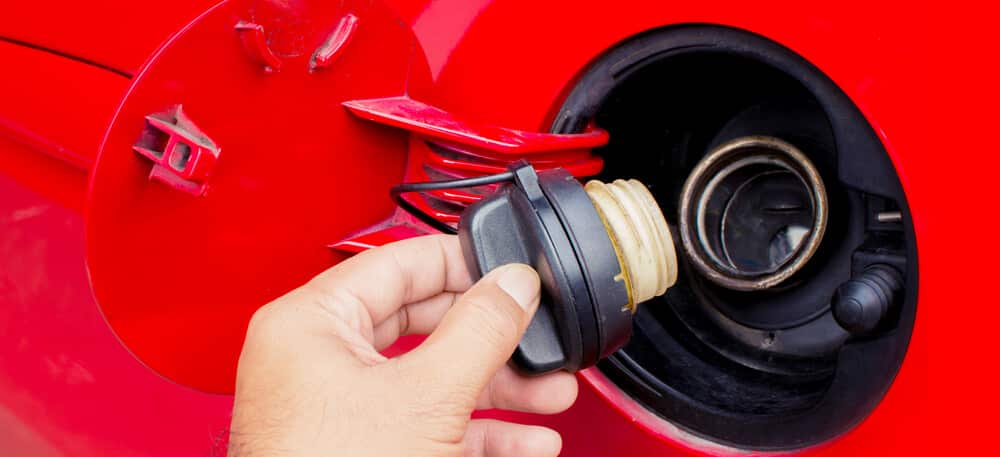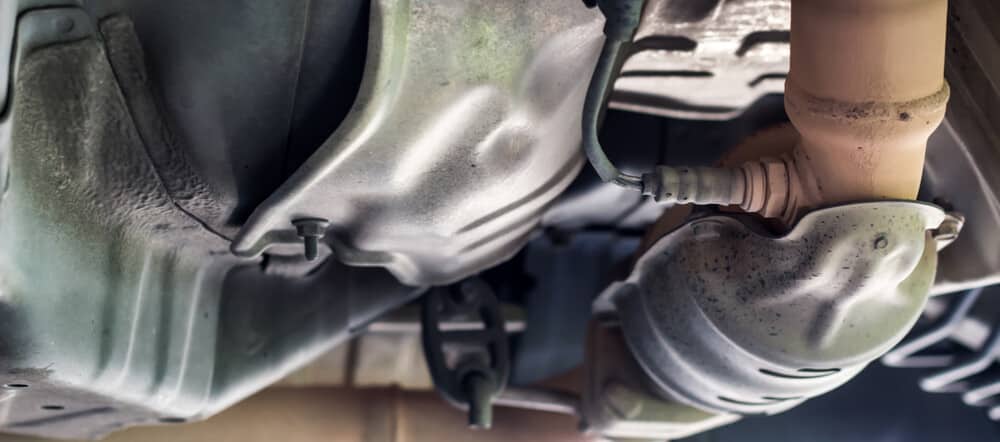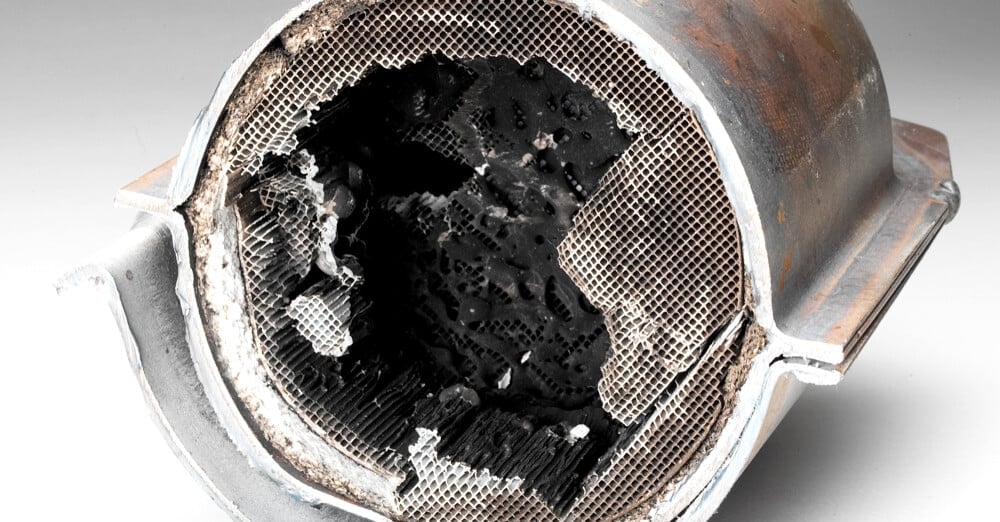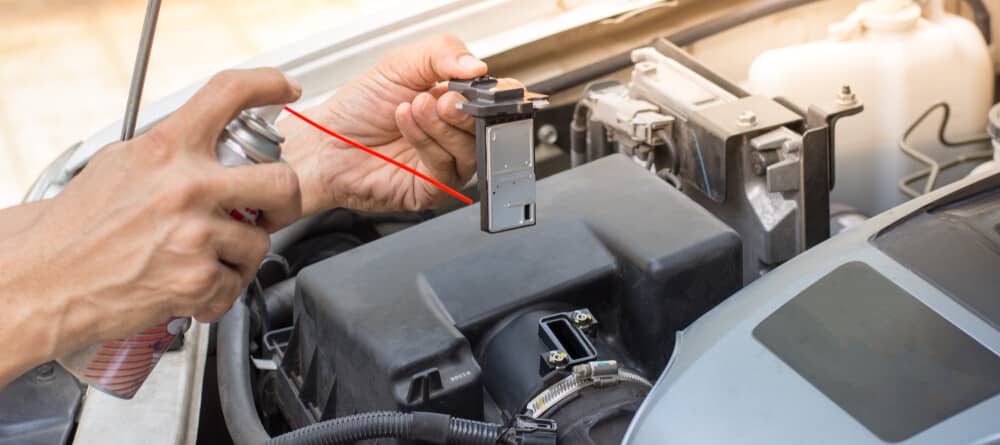If you are a car owner, you will at some point see the check engine light on your dashboard. Here’s what it means and what could cause it.
What Does The Check Engine Light Mean?
The Check Engine Light means there is something wrong with your engine’s electrical system. It can be due to a faulty engine sensor or any other damaged part in your engine. Mostly it’s due to something wrong with the emissions control system.
In 1996, automakers began standardizing all systems with the OBD-II protocol. This system provides a list of diagnostic trouble codes that can be read through a universal connector.
The Check Engine Light illuminates when the car’s computer recognizes a problem. It can be orange, amber, or yellow light, depending on the car manufacturer.
The How to Read Check Engine Light (OBD-II) Codes steadily, which indicates there’s an issue that must be checked out. These problems aren’t generally immediate concerns, but you should get right to the mechanic.
However, the Check Engine Light that flashes off and on is indicating a critical fault. At this point, you should pull over and have the car towed.
Some people confuse the Check Engine Light with the service light. This important indicator has a wrench-like shape and says, “Service Now” or “Service Soon.” This light only serves a reminder to get your scheduled maintenance performed and doesn’t indicate an issue.
Causes of Check Engine Light
The most common cause of a check engine light is an issue with the emission control system like a bad oxygen sensor or MAF sensor. It can also be due to issues with the ignition like bad spark plugs or ignition coils. Basically, the check engine light can be caused by any issue with your engine.
Because the Check Engine Light is responsible for alerting you to any trouble, it can indicate small issues to major repairs. Here are the five most common reasons this indicator turns on.
Remember that a lot more things can cause the light to come on! Check further down on how to diagnose it properly!
1. Loose Gas Cap

The car’s gas cap seals the fuel system, so the tank receives the right amount of pressure. When you don’t apply the gas cap tightly enough or it is damaged, the pressure could be off in the fuel system.
Thankfully, this is one of the easiest fixes. You can either secure the gas cap or replace a damaged one for just a few dollars.
2. Failing Oxygen Sensor

When an oxygen sensor begins to fail, you might also notice a decline in the fuel economy. Many vehicles contain four oxygen sensors, and any of these can fail.
Depending on the make and model of your vehicle, the oxygen sensor replacement cost could be around $250.
RELATED: How to Tell if Your Engine is Damaged From No Oil
3. Failing Catalytic Converter

Typically, the catalytic converter fails because you haven’t performed regular maintenance or you ignored other issues. If the spark plugs, wires, or oxygen sensor require replacement, you should do it right away, or you could end up with this costly repair.
Catalytic converter replacements cost $1,000 or more in most situations.
4. Defective Spark Plugs or Wires

When the spark plugs corrode or wear out, you will notice engine performance issues. It’s also possible that the engine won’t start at all. That’s because this critical part supplies the spark needed for ignition.
The spark plug wires are just as critical, supplying the spark created from the coil to the plugs where it can ignite the air-fuel mixture. Both of these parts are replaced as part of a regular tune-up. Check your owner’s manual to follow the manufacturer’s recommendations.
5. Failing Mass Air Flow Sensor

The mass air flow sensor keeps track of how much air enters the engine. Then, it uses these calculations to determine how much fuel needs to mix in.
When the MAF sensor starts to go bad, you might notice a drop in fuel economy because the engine can’t run efficiently anymore. For most cars, the mass air flow sensor replacement is only between $100 and $400.

